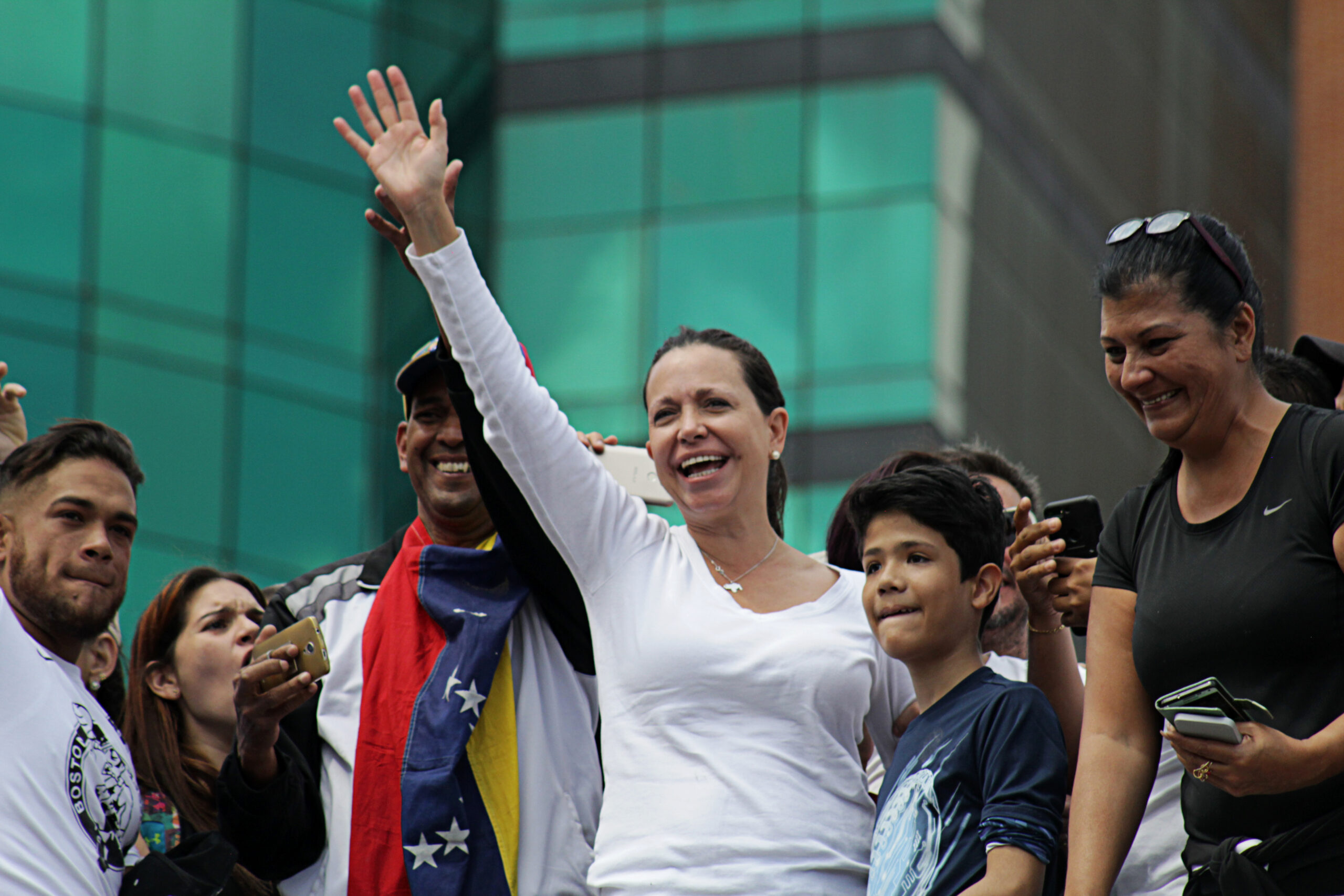By Matija Šerić
India is a unique country with an extraordinary level of social and cultural diversity. More than 1.4 billion Indians speak approximately 780 languages (22 of which are official). India is home to some of the world’s oldest civilizations, such as the Indus Valley Civilization and the Vedic Civilization, and it also houses sacred sites for Hinduism, Buddhism, and other religions. In addition to being the world’s largest democracy, India has become a global center of innovation, particularly in the IT sector. The Indian film industry, Bollywood, is the largest in the world and holds a significant place in global popular culture. Furthermore, the country is known for its unique cuisine and fast-growing economy, which is becoming an increasingly important international player.
The Caste System – An Invisible Apartheid
However, one of the things India is known for that is not positive—or at best controversial—is its caste system. Although the caste system is invisible to foreign observers at first glance, it is a deeply embedded element of Indian society that continues to have a significant impact on everyday life in the 21st century. It is a social structure that strongly resembles apartheid in South Africa during the latter half of the 20th century, despite being legally prohibited in the secular Republic of India.
The history of the caste system is not a recent development. On the contrary, it is a socio-religious system that originated from Hinduism and has roots going back approximately 3,500 years. The Manusmriti is the most prominent book of Hindu law (written between 200 BCE and 200 CE) and considers the caste system the pillar of social order. The book prescribes a rigid hierarchy based on birth and occupation. People are expected to remain within their respective castes and perform jobs associated with their social status. Each group has specific duties and roles in society.
The History of India’s Caste System
Caste Divisions
According to the book, Hindus are divided into four hierarchical groups (varnas): Brahmins, Kshatriyas, Vaishyas, and Shudras. Brahmins are named after the god of creation, Brahma, and according to Hindu belief, they originate from God’s head. They are designated to engage in education, the propagation of faith, and other intellectual activities. Brahmins enjoy high social status and are considered spiritual leaders in Hindu society. In addition to interpreting sacred scriptures, they are responsible for performing rituals, ceremonies, and religious rites, ensuring spiritual purity and social balance. Kshatriyas originate from God’s arms and are tasked with being warriors and rulers to protect society. They are responsible for maintaining law and order and for fighting in the name of justice and the community. They are entrusted with governing the state and making strategic military decisions. Their duty is to ensure the safety and stability of society.
Vaishyas originate from Brahma’s loins and are designated to engage in trade and agriculture. Their role is to ensure economic prosperity. They are key drivers of economic activity and are responsible for managing resources such as farming, livestock, and trade. The role of the Vaishyas is to promote development for the benefit of all social strata. Shudras originate from God’s feet and, as the lowest caste, must perform the hardest labor as servants and workers. Their duty is to serve the higher castes, and their social mobility is highly restricted, leading to societal marginalization. These four categories are further divided into 3,000 castes and 25,000 sub-castes.
The “Untouchables”
Outside of this system exists a distinct group of people who were once referred to as the “Untouchables” but are now mostly known as Dalits, meaning “broken people.” Although all castes are subordinate to those above them—especially to the Brahmins—Dalits are in the worst position. Since they are outside the caste system, they are considered impure beings.
Dalits perform the hardest and dirtiest jobs, such as sweeping the streets, removing dead animals from roads, cleaning sewers, and burying the dead. This system is deliberately structured to ensure that they perform the most degrading tasks. Dalits, particularly Dalit women, are frequent victims of various crimes such as rape, robbery, beatings, and murder. Punishments for crimes against Dalits are generally significantly more lenient compared to those involving other members of the population. In many rural areas, Dalits are still forbidden from entering Hindu temples or collecting water from public places such as wells and springs.
India’s caste system: what you need to know
The System of Superior and Inferior Beings
The caste system has created a divided society in which some social strata enjoy privileged status, while others face discrimination. Simply put, some groups are considered superior beings, while others are regarded as inferior and impure. Mixing is strictly forbidden, and everyone must adhere to their predetermined place in society. Merely belonging to a particular caste can prevent individuals from getting employed, receiving an education, moving freely, and accessing adequate healthcare. They are excluded from social life, face political discrimination, and endure numerous prejudices and stereotypes that have no basis in reality. While privileged castes live normal lives or even lives of luxury, the oppressed castes live in poverty. In many cases, birth within a caste still determines a person’s future profession. Even if lower-caste individuals attain higher education, they may still end up working as street sweepers or sewer cleaners. This unjust system creates deep social and economic inequalities, making the abolition of the caste status quo nearly impossible.
Since 1931, India has not conducted a caste-based census, making it difficult to determine the exact numbers of caste members. The proportions of different castes vary by region, but approximate estimates suggest: Brahmins make up about 5% of the population, Kshatriyas around 4%, Vaishyas about 8–10%, and Shudras about 50%. Dalits constitute approximately 20–25% of the population.








